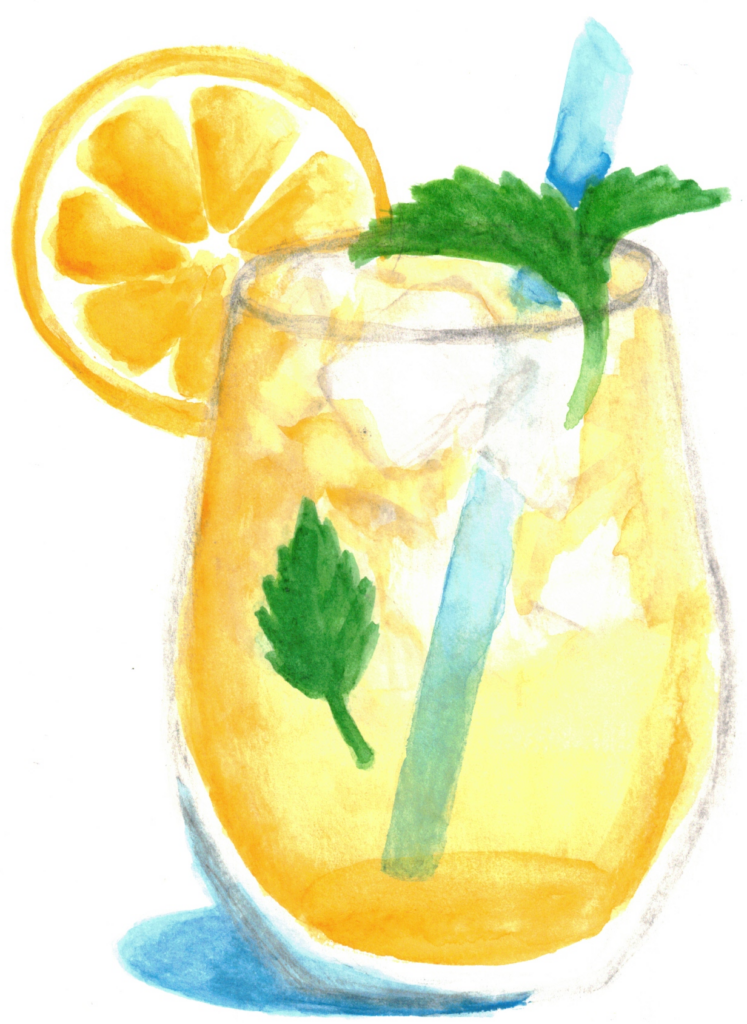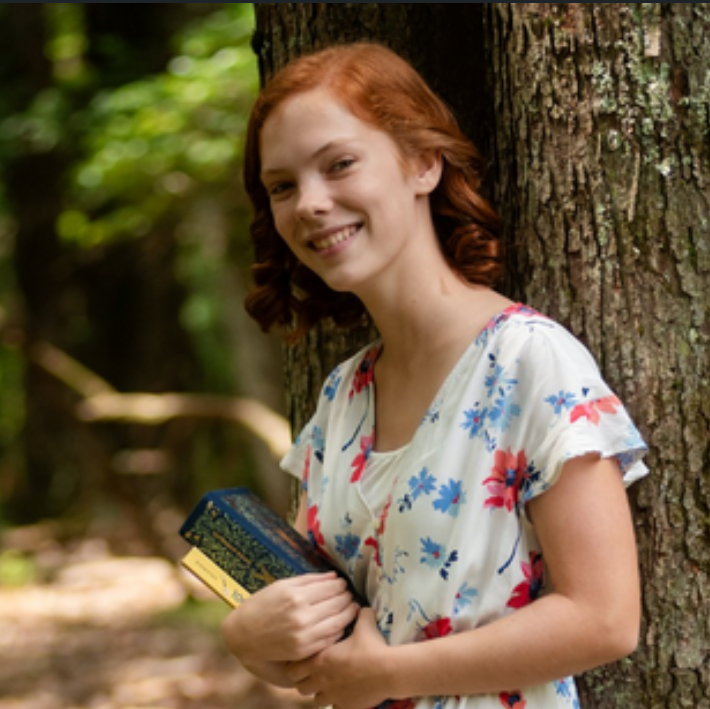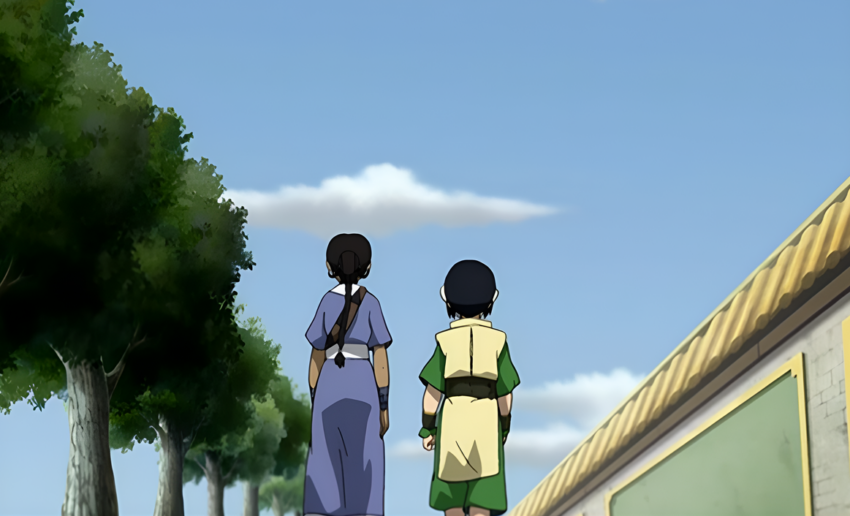There are two important dimensions to character relationships. We already looked at one in an article on Age of Ultron, and how you create a group of characters that feels like family by allowing the entire group to interact and play off each other. It’s important to have scenes with your group of characters when they have nothing in particular to do, to allow your group to truly seem like family to your viewers.
But there’s a deeper aspect to creating a group that feels like family. It’s more subtle and not as noticeable, because rather than dealing with the group as a whole, it involves the relationships between the individual members of a group. These scenes are often quieter, not as memorable, but no less important.
And Avatar: The Last Airbender has mastered this dimension especially well. So to open our series on the Tales of Ba Sing Se, we’re going to look at an incredibly short, unusually telling story that takes just over three minutes to tell. It is, of course, the Tale of Toph and Katara.
The Tale of Toph and Katara
The Tales of Ba Sing Se open to Team Avatar getting ready for their day. Aang shaves his head, Katara braids her hair, and even Sokka trims his facial hair. But when Katara turns to find Toph stumbling out of bed, covered in dirt with her hair in every direction, she decides they are overdue for a “girls’ day out.” So despite Toph’s protests, they visit a spa, get a makeover, and enjoy pranking the people around them with their bending abilities. For the first time, they really enjoy themselves together.
Until a group of well-to-do women from the Earth Kingdom begin mocking Toph’s appearance. Although she tries to let it roll off her back, Katara can see that what they said really stung. Toph tells her afterwards that being blind has actually helped her, by making it so that she can’t be swayed or distracted by what other people look like.
“I don’t have to waste my time worrying about appearances,” she declares, looking down. “I don’t care what I look like. I’m not looking for anyone’s approval. I know who I am.” But even as she says it, we watch Toph cry for the first time. And Katara knows just what she needs to hear.
“That’s what I really admire about you, Toph. You’re so strong and confident and self-assured.” Katara smiles before telling her, “And I know it doesn’t matter, but you’re really pretty.”
“Really?” Toph asks.
“Yeah, you are,” Katara assures her, watching Toph’s face light up.
“I’d return the compliment,” Toph chuckles. “But I have no idea what you look like.”
Why The Tale of Toph and Katara Matters
If you want strong relationships in your book, start thinking of your group in terms of the individual relationships that build up the group. And think of those individual relationships in terms of each one-on-one scene that pair of characters gets together. Each scene like this one strengthens their bond in a way that a group conversation or adventure does not. The more you have, the stronger their relationship is. The more varied the scenes are — from being funny to touching to a trust-building action sequence — the deeper and fuller their relationship will be.
The Tale of Toph and Katara had a little bit of everything. They had humor and a little friction, plus they let their two very different inclinations play off of each other. And of course the Tale concludes with the very meaningful conversation between the two of them, which shows so much about both of their identities.
Katara is Team Avatar’s unacknowledged counselor. Although she has her own conflicts, she’s the most eager to offer comfort, advice, or assistance to those dealing with difficulties. But so far Toph hasn’t admitted to having any.
Here, for the first time, Toph has been honest about a vulnerability. Katara was there to help her know it was okay to be open with her weaknesses, and that they often show her strengths, as well.
Those events only took a little over three minutes to communicate on screen. But it did so much for Toph and Katara’s relationship.
So far we haven’t seen a lot of one-on-one interaction between the two of them since Toph joined Team Avatar. That episode involved a drawn-out feud between the two of them. While Toph favored independence and self-sufficiency, Katara grew irritated with her refusal to help the group. They ultimately resolved the conflict and have had numerous cordial conversations since, but we haven’t seen their relationship grow much deeper than that. They’re no longer actively fighting… so what makes up their relationship?
Without these short, one-on-one scenes, we would never know. And that’s why Avatar’s Team succeeds where so many others fail. You can have all of your characters in a room, exchanging witty dialogue, bouncing off of each other, or even being poignantly vulnerable with each other, but without individual scenes between pairs of them off on their own, the group is missing a massively important dimension. We know their group has a great energy, but we don’t actually know what their relationship is like. It feels like watching a dynamic group from the outside. It can be fun, amusing, or even moving, but there’s a level of understanding built on these more personal moments that’s missing without these scenes, even if they only last three minutes.
So how can we write scenes just like them?
1. Place them strategically.
Add these scenes throughout relationships as they develop. Sophia has written several articles looking at how character relationships can change dramatically over a story. Ideally, each point in the relationship, whether two enemies are becoming friends or two acquaintances are just getting closer, should feature a one-on-one scene where the reader gets an inside look on how their relationship is changing. Without that, the relationship’s development will end up feeling disjointed.
2. Make them varied.
You don’t have to make every one-on-one moment a chance for both of your characters to cry their heart out, but you also shouldn’t consign them to more shallow conversation each time, either, even if it’s interesting. Truly deep, well-developed relationships feature a range of interactions, emotions, and shared experiences, so make sure to allow your characters to experience them. Katara and Toph have yelled at each other, teased people together, shared their vulnerabilities, and fought off Fire Nation soldiers together. Their relationship — and really the relationships between every member of the Gaang — are so interesting because they’ve been so varied.
3. Allow every member of your cast to be a part of them
Unless you’re writing a protagonist-focused story, these relationships shouldn’t be built just between the main character and his friends. Instead, each perspective and even side character should get a moment alone with each of the other members of the group.
This also happens to be why there were so many “Life-Changing Field Trips With Zuko” toward the end of the series. He had been an enemy for so long that the writers hadn’t had time to develop a personal relationship between him and the other members of the Gaang. They wanted to make him feel like a fully-integrated part of the group, so he had to have multi-dimensional relationships with each of the characters. Hence almost every episode between him joining the Gaang and the climax featured Zuko paired off with one of the others, allowing him to form those more personal relationships that made him truly part of the group. Without them, he wouldn’t have been the important part of the group that he grew to be.
But scenes like this one provided a way for him to become a fully-integrated member of Team Avatar within just a few episodes. And, just like Zuko, Katara and Toph’s relationship wouldn’t have been as strong without these scenes. By using this technique in your own work, you can craft a group that is just as close. Individual relationships are the backbone of every group, and when you build them through carefully crafted and intentional moments between your characters, you’ll have a group that truly feels like family.



What special relationships do you love in fiction? Have you noticed the two elements to character relationships before?
And let us know what you think about our first article for our Month in Ba Sing Se event! Are you excited to dive into The Tale of Iroh next week? Let us know in the comments below!


Hi! My name is Mara, and I’m a Christian artist, violinist, and blogger. I remember the day that I decided that I would learn something new about what makes a good story from every book I picked up — whether it was good, bad, or a mixture of both. I use this blog as a way of sharing some of the tips and tricks I’ve learned, and highlight which books, cartoons, and movies have taught me the most about writing an awesome story.


I CANNOT AGREE MORE!!!!!!! I utilize this often, and I’m really glad to see someone else recognize this as an important part of storytelling. It’s nice to know that it’s not a “Dena thing”!
Write basic descriptions of your characters, and see how they would react with each other. Someone who loves taking things apart might have conflict with a clean-freak. Or maybe they help each other by cleaning in hard-to-reach nooks and crannies of their electronics. Like Toph and Katara showed us, it’s completely normal to be besties one day and ‘enemies’ the next.
IROH IS NEXT WEEK!?!?!?!?! 😭😭😭 That’s exciting. I thought it would be toward the end. I’m also excited for Sokka’s tale!!!
Yay!! I’m excited too! I’m trying to do them in the order they appeared in the original article (which I THINK is the order they appeared in the original episode.)
Anyway, I’m so glad this was helpful (and that you’ve already been using in in your writing!)
Yes, I love it when characters have a close relationship — or, just seeing how they interact in general. It really makes a story more enjoyable! Love this article, Mara!
Thanks so much, Arwen!!